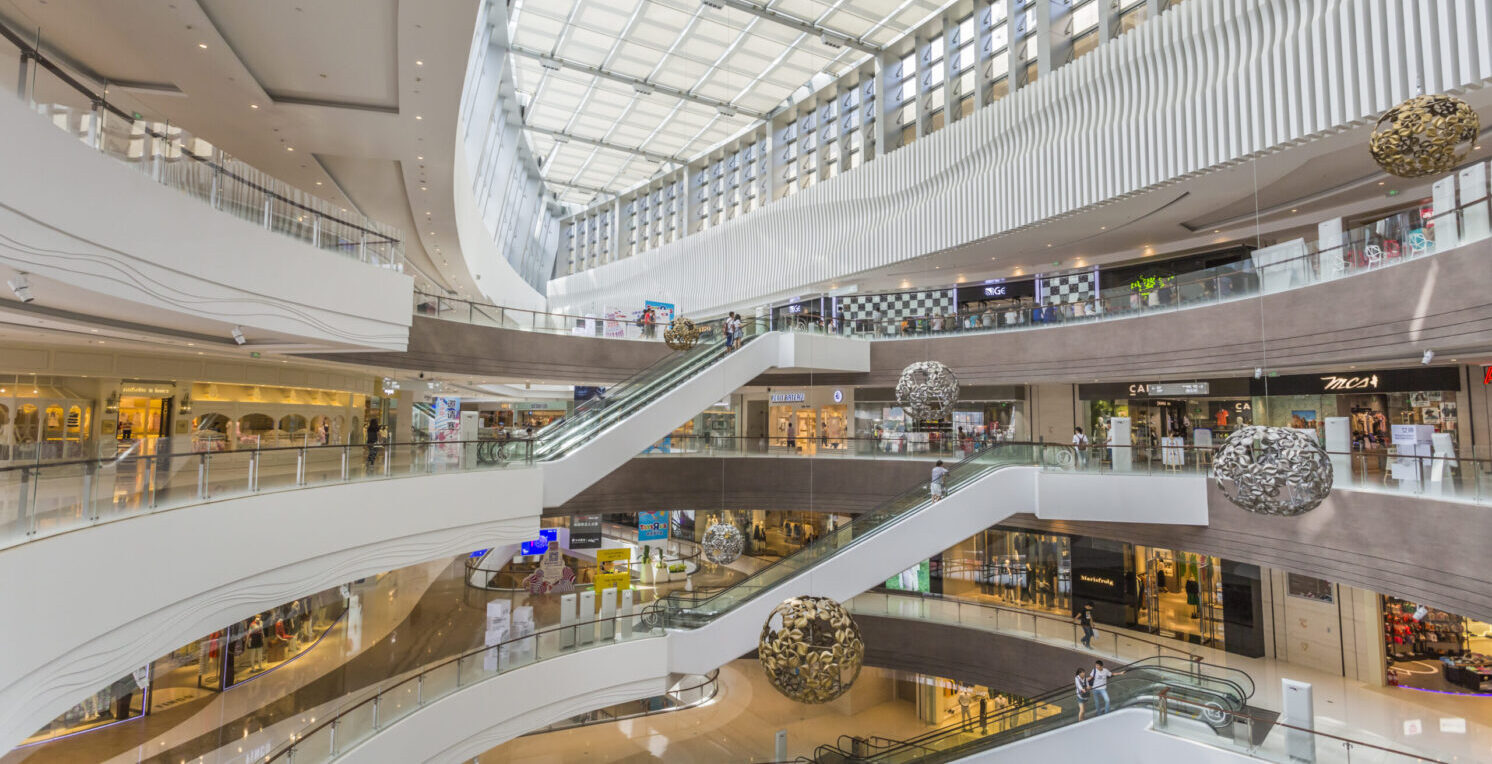
Retail Trend Predictions for 2022
After nearly two years of lockdowns, travel bans and supply-chain disruptions, COVID-19 has undeniably reshaped the future of retail – probably forever. The unprecedented pandemic-driven global recession has exposed existing flaws and hastened the emergence of new trends; thereby accelerating digitalization, triggering major shifts in consumer behavior and pushing retailers to question conventional wisdom and to redefine their “new normal”. Now, as we emerge, could COVID-19 really create a long-term shift? What factors should leaders consider in order to successfully remain in business?
While customers’ expectations of retail were already high before COVID-19 rocked global markets, they’ve now risen even higher. With purchasing habits in a constant state of evolution and a transition away from physical stores already underway, the pandemic was the catalyst for speeding up digital transformation by approximately five years.
Consumers are now placing a premium on convenience with services such as click-and-collect being rolled out, along with no-hassle returns and BNPL (Buy Now, Pay Later) models, giving them confidence in their online spending.
Virtual shopping has given people the freedom to shop from anywhere, at any time, with no restrictions and with direct access to the latest products, special offers, and other promotions. In the US alone, online shoppers are expected to reach 300 million in 2023.

Stores are understanding the need to become more agile and responsive to customer demands. To better navigate the supply chain choke points resulting from the pandemic, some have made the decision to relocate their manufacturing closer. As a result, they are able to bypass international shipping bottlenecks, get products into their warehouse faster, keep inventory levels low, and enhance customer engagement. Others have transformed their stores into mini-fulfillment centers and pickup points which requires a careful balance but offers them big cost reductions.
Although the convenience of online shopping is without a doubt attractive, shoppers still crave in-store and physical interaction with products before buying them. According to a study conducted by Raydiant, 48% of consumers prefer to shop in-person at a physical store when given the choice. In order to keep clients coming back and for physical stores to remain relevant, in-store interactions are now defined by health and safety expectations and are increasingly tailored with the aim to create unique customer experiences.
 Another outcome of the pandemic was reconnecting people with their local communities and the causes they care about. Now, more than ever, consumers are reevaluating their choices and the impact their habits have on the economy and the planet, prompting brands to realize their pivotal role in society and to embed the idea of “local” and “responsible business” deeply into their service. By showcasing local producers and products, retailers are creating experiences that foster a sense of belonging that goes beyond the transactional nature of the relationship.
Another outcome of the pandemic was reconnecting people with their local communities and the causes they care about. Now, more than ever, consumers are reevaluating their choices and the impact their habits have on the economy and the planet, prompting brands to realize their pivotal role in society and to embed the idea of “local” and “responsible business” deeply into their service. By showcasing local producers and products, retailers are creating experiences that foster a sense of belonging that goes beyond the transactional nature of the relationship.
For instance, Lululemon has created physical spaces that cultivate community; the company has partnered with local influencers for in-store interactions and free events like yoga and wellness classes to create stronger connections and memorable interactions that can’t be replicated on a screen. Starbucks also recognized the need to take a leadership role and has recently launched the Community Stores initiative to provide in-store training for young adults in precarious work, as well as the FoodShare program that offers ready-to-eat meals with an initial 390,000 meals to be donated annually to local charities.
As consumer awareness grows, shoppers are identifying with brands that have a larger, altruistic purpose. Whether it’s feeling pride for their community when walking into a store, engaging with local nonprofits, or partaking in hands-on learning, consumers are looking to surround themselves with companies that offer meaningful experiences while aligning with their personal beliefs. According to research, 79% of Americans feel a deeper connection to businesses whose values are similar to theirs.
Also riding on the wave of sustainability, recommerce is a flourishing e-commerce trend that involves selling pre-owned items. Thanks to a generational mindset shift, recommerce is seen as a great alternative for “conscious” shoppers and luxury brand lovers on a smaller budget, as it offers a sustainable way to access previously out-of-reach collections. Lower prices and eliminating wastefulness are not the only key drivers of recommerce adoption. The new trend also aims to bring the experience of vintage online, with shoppers enjoying the fun of “hunting out” unique pieces. According to a study by Statista, the global second-hand apparel market is expected to hit $65 billion by 2024 which presents brands with a significant opportunity to differentiate their offerings. Kering, the global luxury group which owns Balenciaga, Gucci, Bottega Veneta and more, was quick to identify the huge opportunity by investing a 5% stake in the French consignment online store, Vestiaire Collective.
In today’s hyper-connected world, retailers are expected to provide personalized content to their consumers wherever they look. Farfetch has become a pioneer with its Store of the Future (SoF) by linking the online and offline worlds and using data to enhance the retail experience. SoF is built around data-sharing, and uses consumers’ online browsing and in store shopping behaviors to provide a tailored service. Cosmetic companies have also shown interest in reinventing the retail space using digital technologies. L’Oréal Paris, for example has taken prominent steps into 3D (three-dimensional) and AR (augmented reality) by launching its Virtual Hair Colour Try-On, where users can try the products in real time. For its part, Sephora has taken advantage of the current health and safety restrictions to launch its Virtual Artist tool, allowing customers who can no longer try makeup samples in-store to do so on their virtual mirror. The advantages for businesses are substantial: 3D visualizations mean that customers can try out products before making a purchase, therefore drastically reducing return rates. According to a Google survey, 66% of consumers are eager to adopt AR when shopping.
Changes and disruptions will continue to influence the shoppers’ purchase journey and businesses must maintain an adaptive mindset and find new ways to track patterns in consumer behavior. To provide the personalized shopping experiences that consumers are increasingly expecting both online and in-store, brands must fundamentally reimagine their propositions and go beyond simply supplying goods. Physical, digital and hybrid platforms should be reinvented as more than places for transaction, but as platforms for change that engage, involve and excite.


